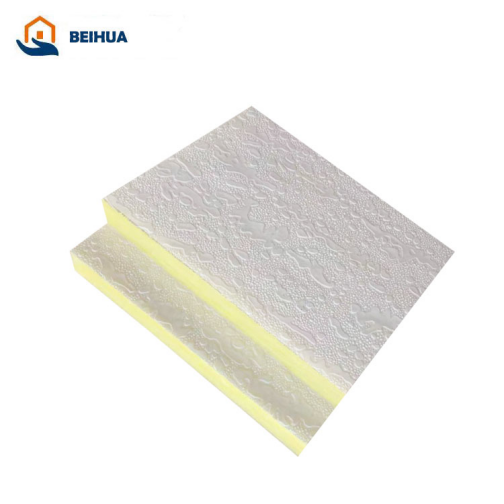From the perspective of environmental protection, all “unwanted sounds” that affect people’s normal study, work, and rest in certain situations are collectively referred to as noise. Such as the burning of machinery, the whistling of various vehicles, the noise of people and various sudden sounds, etc., are all called noise. With the development of industrial production, transportation, and urban construction, as well as the increase in population density, the increase in household facilities (televisions, etc.), environmental noise has become increasingly serious, and it has become a major public hazard that pollutes the human social environment. Studies have found that noise exceeding 85 decibels will make people feel upset, people will feel noisy, and therefore cannot concentrate on work, resulting in reduced work efficiency.
Therefore, people need high sound-absorbing product to reduce part of noise and feel more comfortable. High sound-absorbing products are mineral fiber ceiling board, fiber glass ceiling board, rock wool ceiling board, etc. Sound-absorbing materials are mainly divided into microporous type and fiber type. There is no essential difference between them. The principle of sound absorption is to leave an accessible channel for sound, a channel composed of countless small holes connected together, or countless fibers crossed. They are mixed together to form countless small gaps, but once the sound enters, it can’t come out. Because the passage is too messy and long, the sound burrows and smashes into the left and right. In the process, it gradually consumes energy and has the effect of sound absorption. Sounds of different frequencies are absorbed in different situations. High-frequency sounds have short wavelengths and can be easily absorbed, while low-frequency sounds have long wavelengths and can easily penetrate obstacles. For low-frequency sounds, it is not only difficult to insulate sound, but also difficult to absorb. It is not like high-frequency sound that will bump into and out of cluttered small channels, but will easily go around. But as long as you thicken the sound-absorbing material to a certain level, you can absorb low frequencies above 130Hz.
Post time: Jul-16-2021





